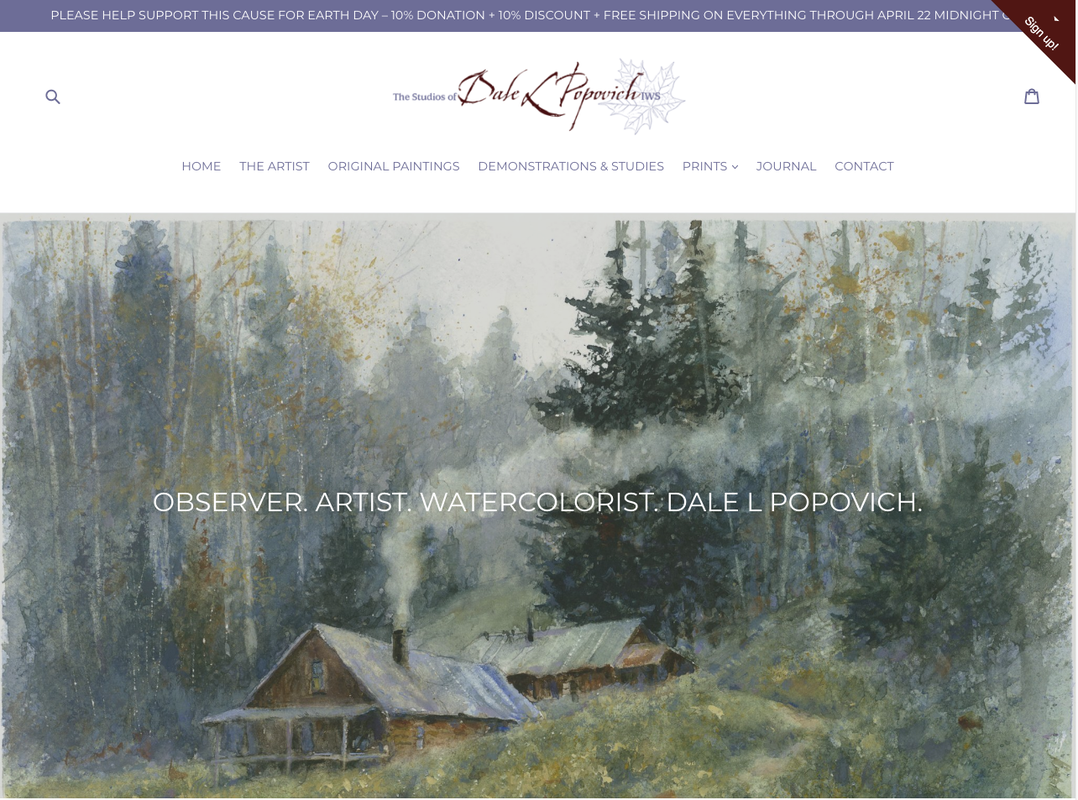|
Painting Water Reflections and Nature in Watercolor 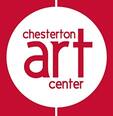 Dale L. Popovich IWS will be offering a two-day Beginning/Intermediate Watercolor Workshop on Saturday, April 24th and Saturday, May 8th from 10:00 am – 1:00 pm. In this Zoom workshop students will walk away with a better understanding of transparent watercolor. He will be teaching his personal step-by-step process of how to start and finish a watercolor. Dale will concentrate on reflections of water. Students will acquire an understanding of how reflections of the shorelines reflect into the water, and how to interpret them. He will also give participants an understanding of the values, temperatures, intensities, and hues, and how they react as a reflection. A better understanding of how to cross mixed colors that best capture the reflections in the water will be demonstrated. In this process, he will illustrate how to block-in and build a painting properly. Students will experience various applications of watercolor, color palette, properties of watercolor, tools, and techniques. Dale’s objective through the step-by-step instruction will show how to avoid watercolor problems and grow as a painter. Workshop #1, April 24th, Dale will conduct a 2.5-hour painting workshop on Zoom stopping between steps and answering questions along the way. During the painting process, photos will be taken of each step. The photos will be added to the original packet creating the Popovich’s Start-to-Finish packet. Workshop #2, May 8th, Dale will lead a Zoom Group Critique sharing his screen with students. During this time, he will walk artists through two paintings and answer any additional questions. Tuition is $115 for members and $135 for non-members. Supplies are not included in this workshop. After payment is received, a supply list will be provided. In addition, a full reference packet will be sent prior to the workshop which will also include the Zoom links. Students must register and pay before the first class. To register stop in, call, or visit the website at www.chestertonart.org or Eventbrite.com (search Chesterton Art Center). For questions, please call the Chesterton Art Center at 219-926-4711. The Chesterton Art Center is located at 115 S. 4th St., Chesterton, IN 46304. For a list of all classes being offered at the Art Center, please see the website www.chestertonart.org.
0 Comments
|
Dale L Popovich IWSDale is an award-winning watercolorist and teacher passionate about capturing the raw beauty of the American landscape with the fluid stroke of a brush. As you will see, the works selected in his portfolio represent the depth of his holistic approach to painting. You can also learn with this talented and experienced teacher through his workshops, Palette & Chisel, and Popovich Studio classes. Archives
April 2024
Categories
All
|
|
INSTRUCTOR
Palette & Chisel 2024 Workshops & Demos ONLINE LEARNING Watercolor Escape Saturdays TIPS and TECHNIQUES Thursdays ZOOM Palette & Chisel Academy of Fine Arts ADDITIONAL INFORMATION Popovich's Field Journal Newsletter WATERCOLOR ART SUPPLIES Watercolor Paints Watercolor Brushes Watercolor Supplies DALE L POPOVICH IWS LIBRARY Books & DVDs BUSINESS BOOKS LIBRARY Books & Podcasts |
©2024 Dale L. Popovich. IWS, Drawing & Painting TIPS and TECHNIQUES Thursday, In the Comfort of Your own Studio tm, Towering Winds Academy of Fine Arts tm, and Teaching People to Truly See tm All Rights Reserved.
|
|
©2024 Dale L Popovich, Towering Winds Academy of Fine Arts and The Studios of Dale L Popovich IWS. All rights reserved
Copyright © 2024 Rosemary & Co Artist's Brushees LTD |

Handmade and maintained by POPovichDESIGN
[email protected] |

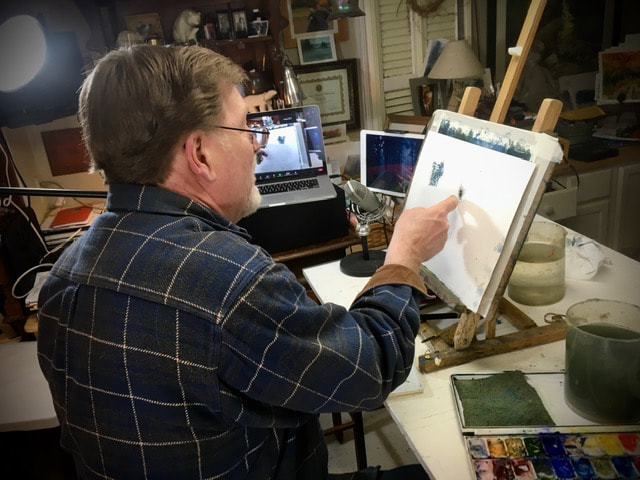
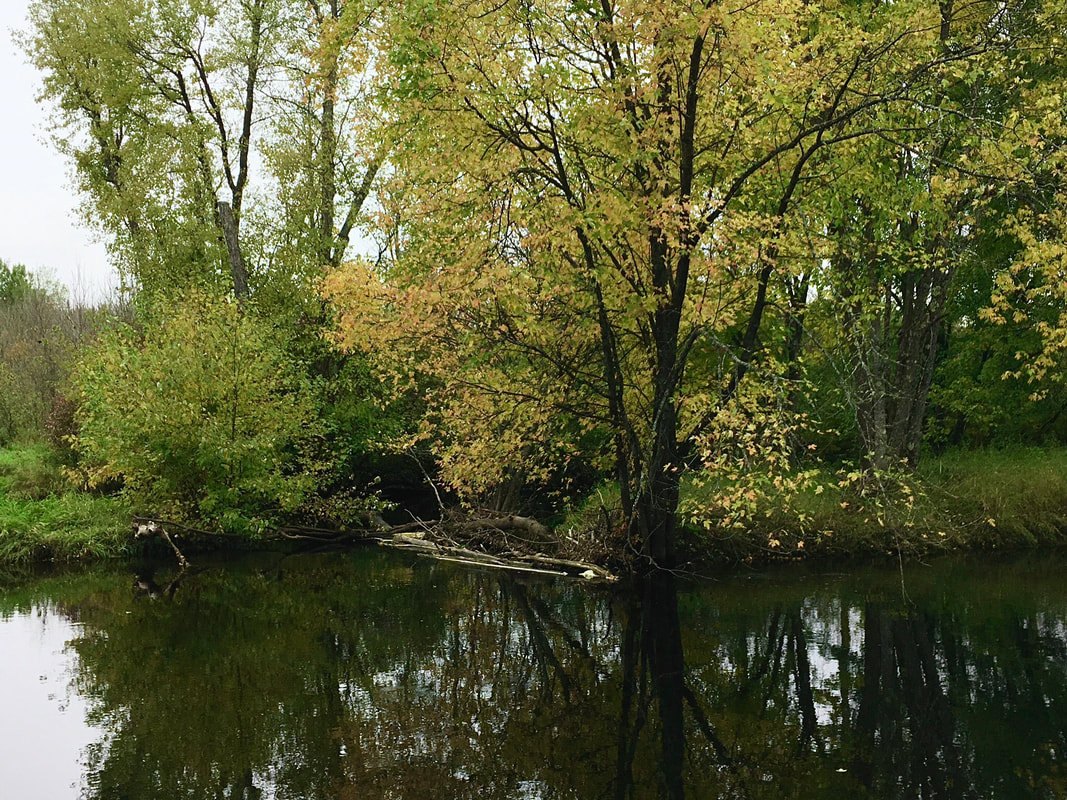
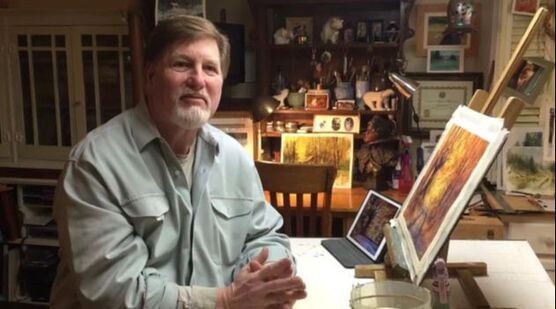
 RSS Feed
RSS Feed
